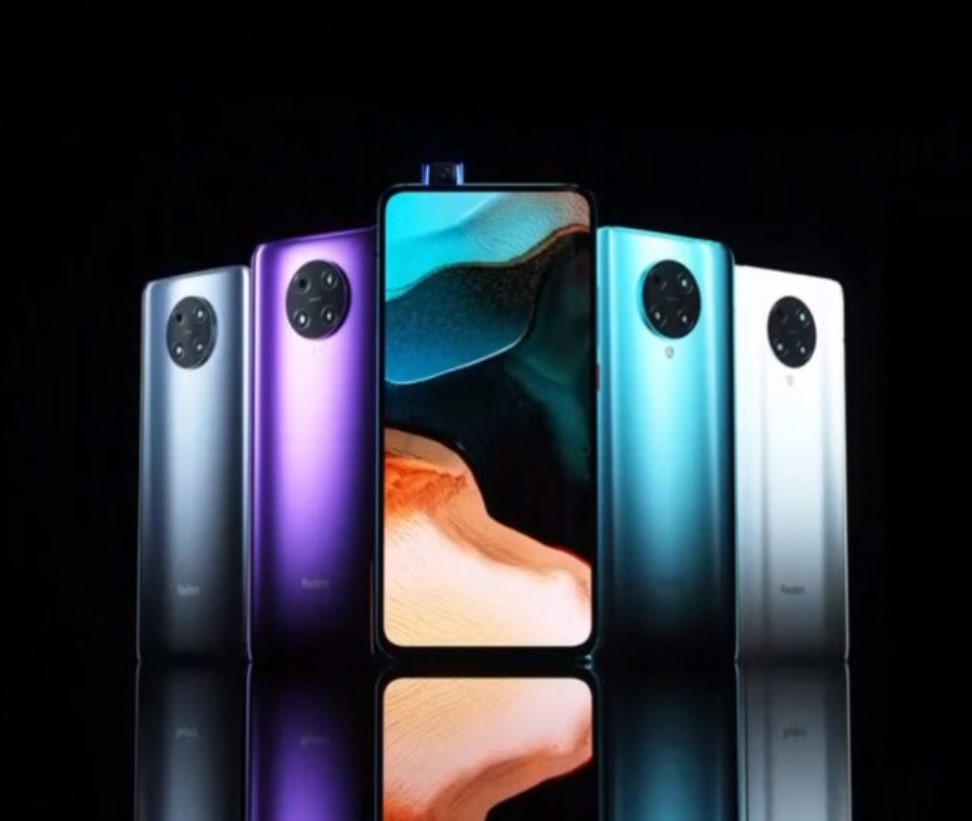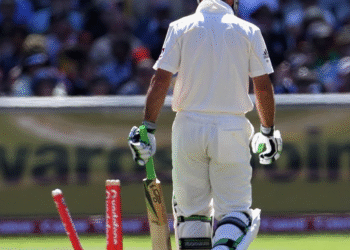Xiaomi has stirred the tech scene once again, hinting at the launch of two new devices under its REDMI brand— the high-performance REDMI K80 Ultra and the company’s first-ever compact flagship tablet, the REDMI K Pad. Both are expected to debut in China as early as July.
With bold claims and eyebrow-raising specs, Xiaomi is gearing up for a head-on collision with some of the industry’s biggest names—Apple included.
A Tablet That’s Not Playing Small
You might want to put your iPad Mini down for a second.
Xiaomi’s REDMI brand is entering the small tablet game with a punch. The K Pad, as it’s being called, aims to deliver a top-tier experience in a compact form. Thomas Wang, REDMI’s China head, says it’s been anything but easy.
According to Wang, building a compact tablet that’s both light and powerful was one of the biggest design challenges the brand has faced. But they didn’t hold back. To keep it featherlight and slim, REDMI used customized components—motors, screens, speakers—specifically engineered for this device.
The tablet isn’t just about being cute and light, though. The K Pad will reportedly feature an 8.8-inch 3K LCD screen with a rare 165Hz refresh rate. That’s faster than most laptops.
It also promises to introduce technologies never before seen on Android tablets. Wang went so far as to say it will beat Apple’s iPad Mini “in all aspects.”

Tested Like a Tank, Built to Be Sleek
REDMI didn’t just throw this thing together.
Wang revealed that every customized component required an individual testing strategy. That meant building and verifying over 100 prototypes and testing several thousand units in total. For a small tablet, that’s an enormous R&D investment—especially from a brand known for keeping things budget-friendly.
According to insiders, this level of investment actually exceeded what the company usually spends on larger tablets. Surprising? Yeah, a little.
The specs make it clearer why they went all in:
8.8″ CSOT 3K LCD with 16:10 ratio
165Hz refresh rate
Dual-driver ICs for screen synchronization
67W fast charging
Expected to stay under 4000 yuan (~USD 557)
And just like that, REDMI is in the premium tablet race.
K80 Ultra: Powerhouse on a Budget
Let’s talk about the REDMI K80 Ultra. Or as Wang describes it—”the most luxurious performance king” under 3000 yuan.
This is REDMI flexing hard.
The phone is expected to ship with the MediaTek Dimensity 9400+ chipset, a high-end chip that’s still relatively new on the market. That’s paired with a massive 7400mAh battery and support for 120W fast charging.
That’s wild for a phone priced under $420.
Wang didn’t offer many specifics beyond the usual teasing, but leaks have painted a clearer picture. The K80 Ultra may come with features typically reserved for phones double its price. Fast charging, cutting-edge processing, and long-lasting battery life are just the beginning.
This phone isn’t just about speed. It’s about staying fast all day without breaking your wallet.
Comparing the Two: Specs Speak Louder Than Hype
Both devices are promising. But how do they stack up side by side?
Here’s a quick breakdown of what we know so far:
| Feature | REDMI K Pad | REDMI K80 Ultra |
|---|---|---|
| Display | 8.8″ 3K LCD, 165Hz | Not confirmed |
| Processor | Not confirmed | MediaTek Dimensity 9400+ |
| Battery | Unknown | 7400mAh |
| Charging | 67W Fast Charging | 120W Fast Charging |
| Price Estimate | < 4000 yuan (≈ $557) | < 3000 yuan (≈ $418) |
| Form Factor | Compact flagship tablet | High-performance phone |
| OS & Experience | Custom Android-based UI (expected) | MIUI-based, Android (likely) |
That kind of table makes it easier to see the strategy here. Xiaomi is going after two very different user groups—but doing it with the same no-compromise mindset.
Why This Launch Actually Matters
Xiaomi isn’t just releasing another phone or tablet here.
This is REDMI trying to shift the definition of “value.” For years, low price meant compromises. Maybe a cheap screen. Maybe a weaker processor. But this? This is different.
They’re aiming to offer flagship-like experiences at mid-range prices. Not with buzzwords, but with serious hardware to back it up.
And more importantly, they’re doing it in categories where Apple still dominates. The iPad Mini hasn’t really had a true Android competitor in its size class. Until now.
For phones, it’s not just about speed anymore. It’s also about endurance, thermal stability, charging efficiency—all the details that actually affect how long your phone lasts and how it feels day-to-day.
We’ll see how well REDMI delivers once the products land in July. But one thing’s clear already—Xiaomi isn’t playing it safe this time.


















